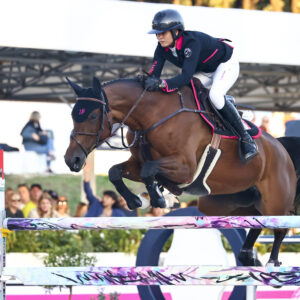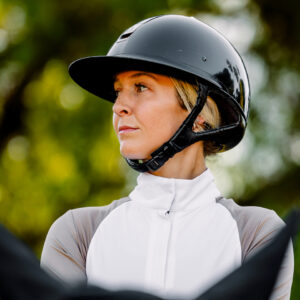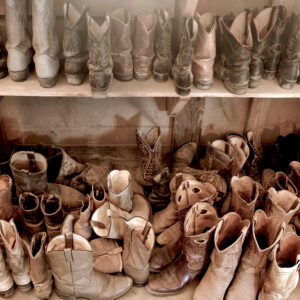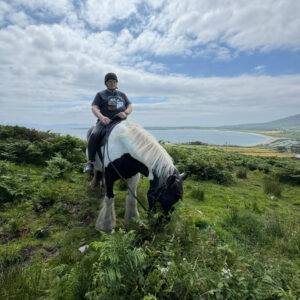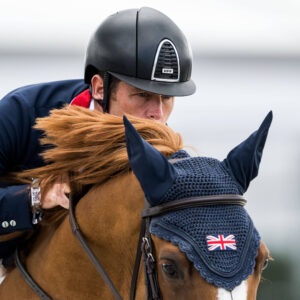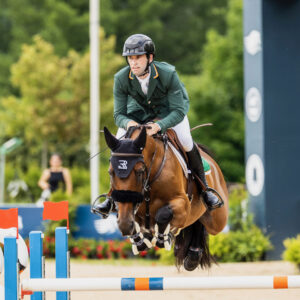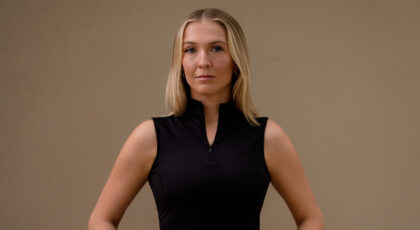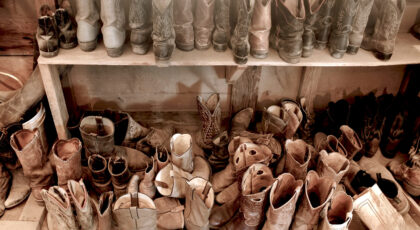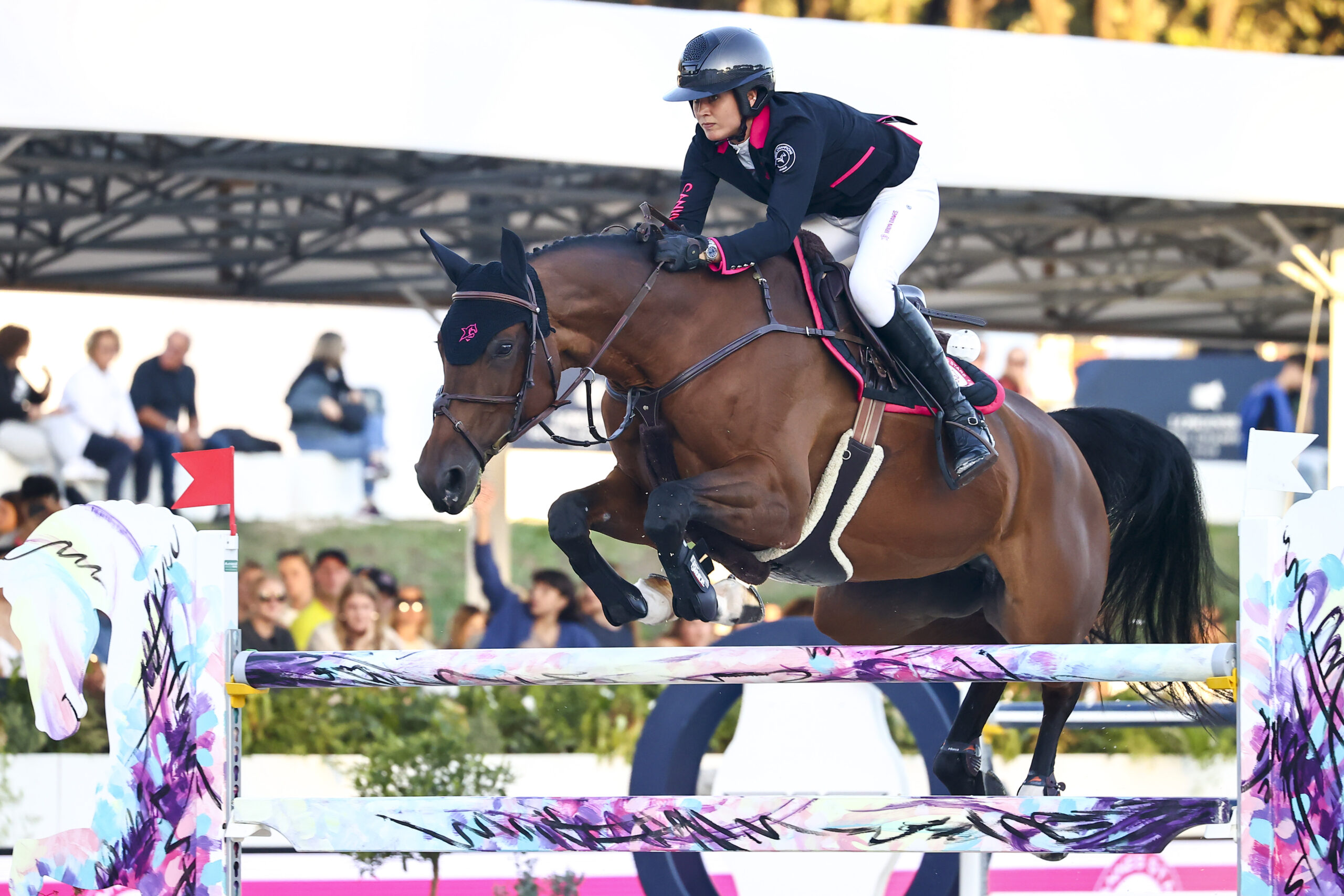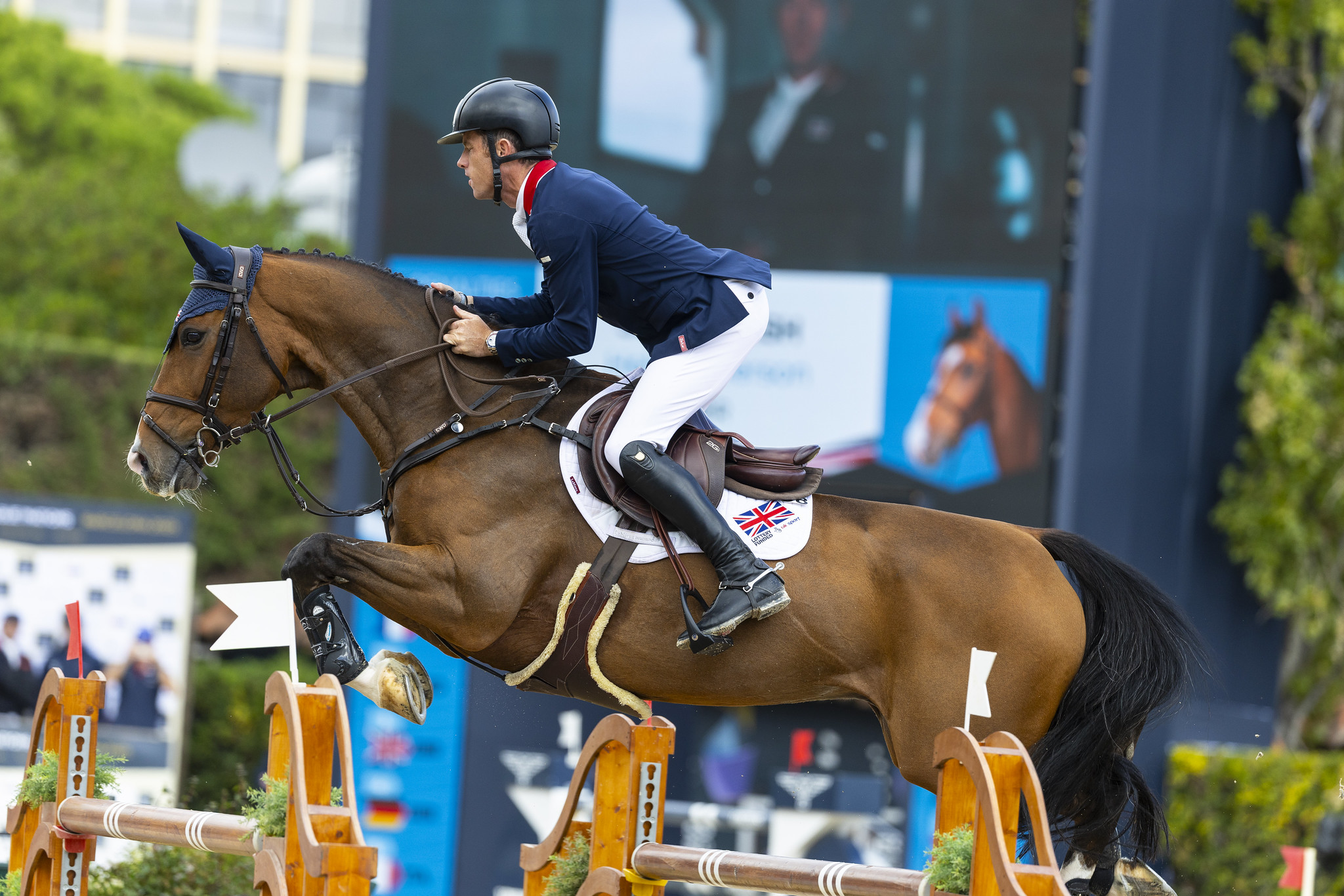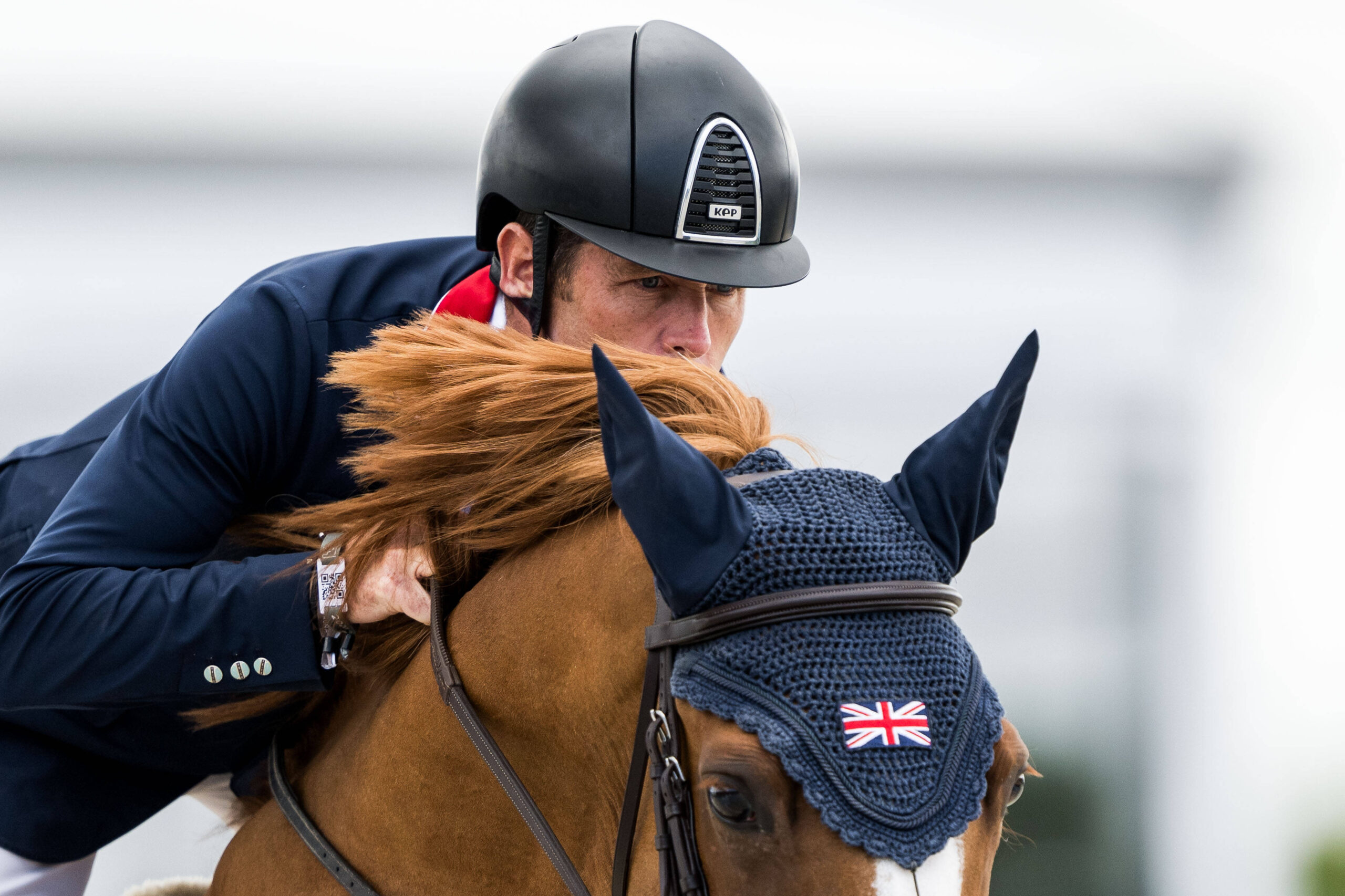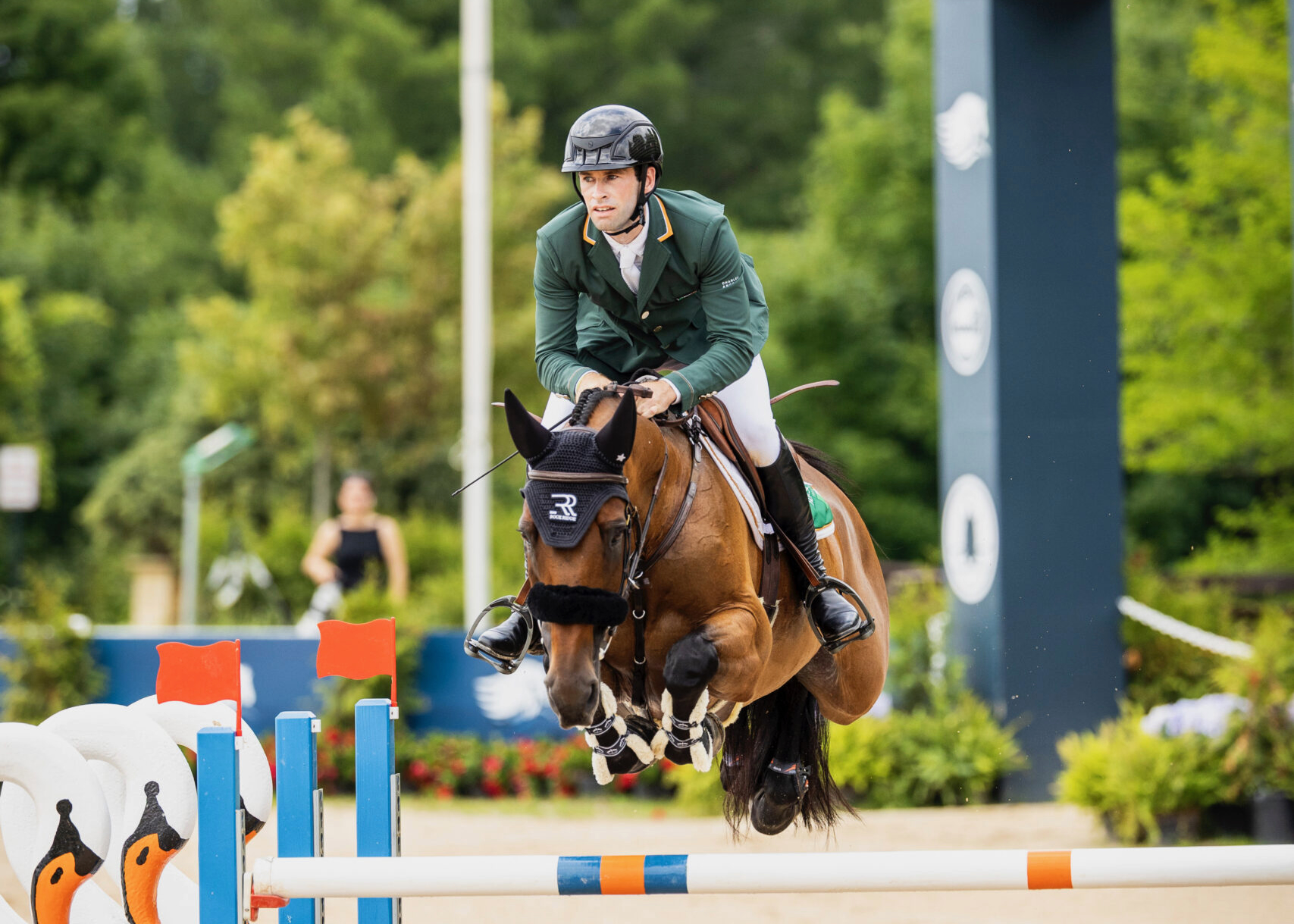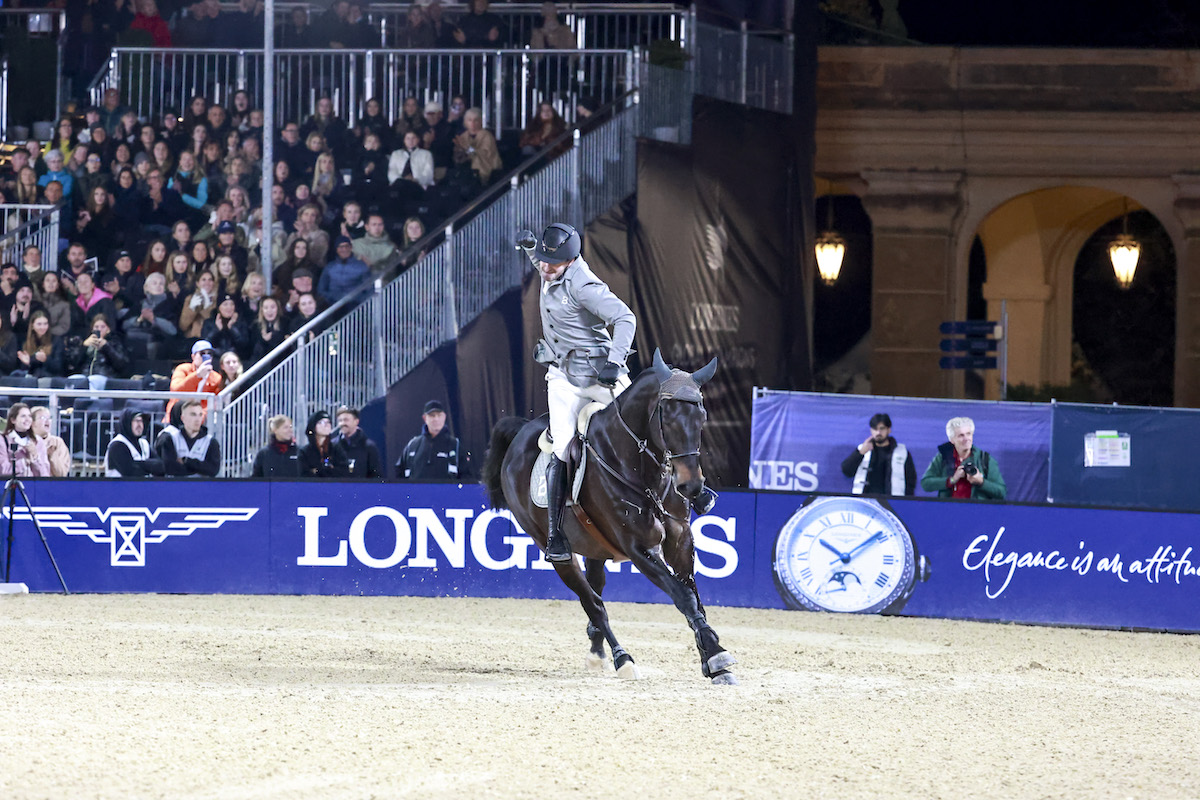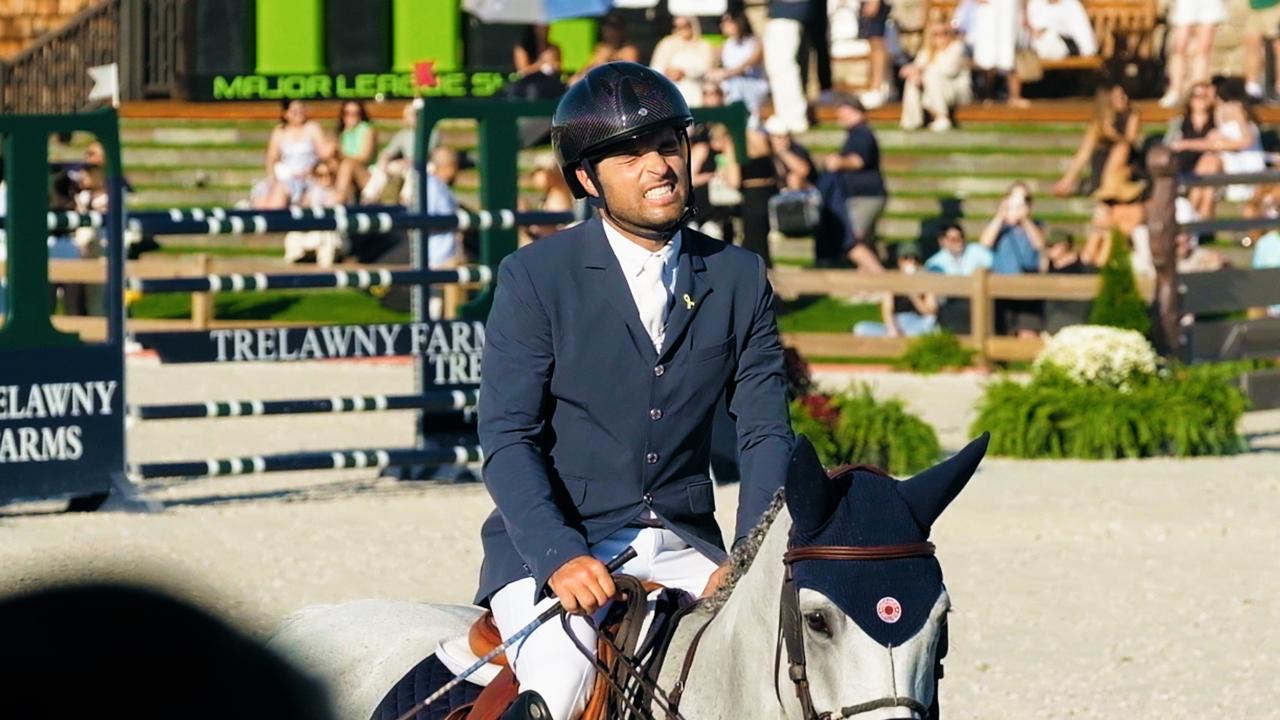This episode of Horse Person is made possible by Nikovian. Use code horseperson15 at checkout for 15% off.
Bits are among the most commonly used tools in riding, but how often do we stop to consider if we’re using the right one? According to Mette Larsen, president of Noya Shula USA and a leading expert in English bit fitting, 80–90% of riders are using bits that aren’t right for their horses.
That mismatch can result in miscommunication, training plateaus, and even physical pain for the horse, potentially damaging the bond between horse and rider.
Mette spoke with Horse Person podcast about how riders can improve their relationship with their horse, and their performance through the right bit. Bits, she reminds listeners, should be used as a form of communication, not control.
“When we don’t understand that and we’re using it more just for control, then we kind of miss that link between that relationship that we could be developing with our horses and the performance and progress that we can be making with our horse,” she said.
The right bit depends not only on type and thickness, but how many wrinkles it is causing in the horse’s mouth. The most common mistake Mette sees is riders using the the wrong size bits for their horse.
“If you are a size seven, and I give you a size six running shoe and ask you to go run a marathon,” Mette said, “how successful are you gonna be?”
It’s the same with bits—when something doesn’t fit, it doesn’t work. No matter how skilled the rider.
Mette emphasized that each horse and situation is different. The right bit depends not only on the horse’s mouth, but on the job they’re being asked to do, their personality and the rider’s skill level.
“When you have faster paced things like cross country or sometimes the jumpers you have to have a sense of control and you have a bit that adds that control,” she said.
Being curious about the equipment you are using with your horse is not about a drastic overhaul, Mette said, but how incrementally things can improve.
“I’m looking for how do I get five or 10% better whether it’s a bit or bridle, saddle, training method, whatever it is,” she said. “If I could be 10% better, like if my horse was 10% happier, went 10% percent better, was 10% more comfortable, how many relationship credits do I get for that?”
As an avid horse welfare advocate and accomplished dressage competitor, Mette speaks a lot about building trust between horse and rider and the “relationship credits” she banks through this process.
“Your emotional credits take hours, days, weeks, years to get. You can take those away. In an instant.”
Mette’s rally cry is not for riders to immediately change their bits, but to be curious about them and ask questions.
“How does [my bit] seem to work for my horse? Listen to your gut because your instinct is quite good for most people. And then broaden your awareness and knowledge.”
How do you know if you have the wrong bit? Take the time to look around your horse’s mouth, Mette says. She recommended starting with a mild bit and only progressing as needed.
“Don’t use a gag or leverage bit without understanding how it works,” she said.
“Look for bruising on the bars or the lips. Feel for calluses in the lips. Feel the lower jaw, are there any tender spots there?” she said. Most importantly, she says, only experiment at your knowledge level.
“Go to someone who has credible studies behind what they’re doing, are experts in their fields, not someone just having an opinion about it or someone trying to sell a specific product,” she said.
Want to learn how bit fit can improve your horse’s comfort and connection? Listen to the full interview with Mette Larsen on the Horse Person podcast.
This episode is supported by #WeRideTogether. To learn more about the CARD diagrams mentioned in today’s episode, go to weridetogether.today or click here.


 September 5, 2025
September 5, 2025 






